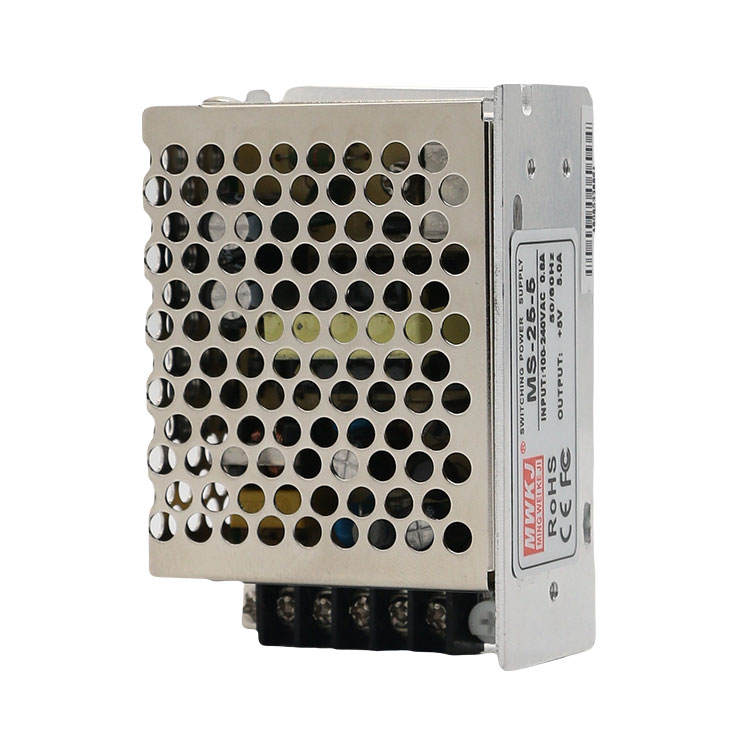Functions of Switching Power Supplies
2023-10-18
A switching power supply, often referred to as a switched-mode power supply (SMPS), is an electronic device that converts electrical power efficiently from one form to another. It is widely used in various electronic devices and systems to provide stable and regulated power to components and circuits. Unlike traditional linear power supplies, switching power supplies use a different method to convert and regulate voltage and current, resulting in higher efficiency and smaller form factors. Here's an overview of switching power supplies and how they work:
Key Features and Functions of Switching Power Supplies:
1. Efficiency: One of the primary advantages of switching power supplies is their high efficiency. They use a switching transistor to rapidly switch the input voltage on and off. This on-off cycling minimizes energy loss and heat generation, making them more efficient than linear power supplies, which dissipate excess energy as heat.
2. Voltage Regulation: Switching power supplies can regulate the output voltage with high precision. They often incorporate feedback control circuits that continuously monitor the output voltage and adjust the switching frequency to maintain the desired voltage level even when input voltage or load conditions change.
3. Compact Size: The efficient design of switching power supplies allows for a smaller and lighter form factor compared to linear power supplies of similar output capacity. This feature is essential in applications where space is limited.
4. Wide Input Voltage Range: Switching power supplies can typically operate over a wide input voltage range, making them suitable for use with various power sources, including batteries, mains power, and renewable energy sources.
5. Multiple Outputs: Many switching power supplies can provide multiple output voltages simultaneously, making them versatile for powering different components within electronic devices.
6. Low Heat Generation: Because switching power supplies are highly efficient, they generate less heat during operation, reducing the need for extensive cooling mechanisms.
How Switching Power Supplies Work:
1. Rectification: The AC input voltage is first rectified into DC voltage if necessary. This DC voltage may be supplied by the mains power or another source.
2. High-Frequency Switching: The DC voltage is then passed through a switching transistor (usually a MOSFET or bipolar transistor) at a high frequency, typically in the kilohertz or megahertz range. This switching action rapidly turns the voltage on and off.
3. Transformation: The switched voltage is then transformed using a high-frequency transformer. This transformer converts the high-frequency voltage into a different voltage level, either higher or lower, depending on the specific design and requirements.
4. Rectification and Filtering: The transformed voltage is rectified and filtered to produce a stable DC output voltage. This output voltage is then regulated to maintain its desired level.
5. Feedback Control: Feedback control circuits continuously monitor the output voltage and adjust the switching frequency to maintain voltage regulation, even when input conditions change.
Switching power supplies are used in a wide range of applications, from consumer electronics (such as laptops and smartphones) to industrial equipment, telecommunications, and renewable energy systems. Their efficiency, compact size, and precise voltage regulation make them an essential component in modern electronic devices and systems.



